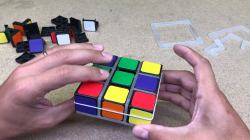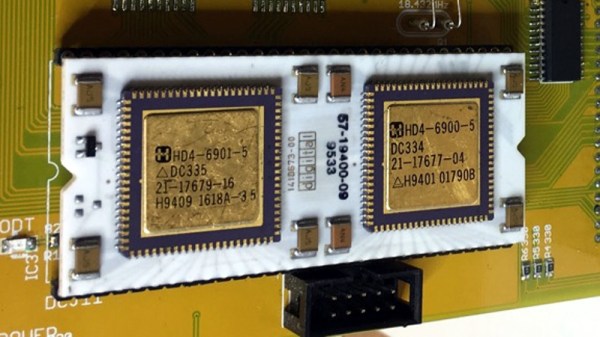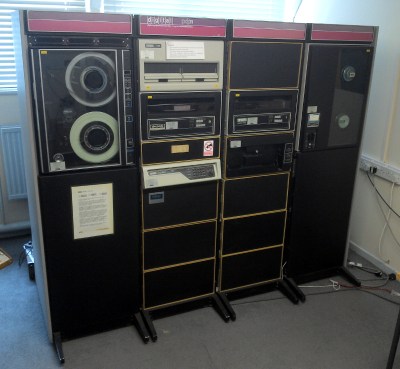Anyone who has had to deal with siblings, their friends, flatmates or parents who are overly fond of snacks may know this issue: you bought some snacks for your own consumption, but before you can get to them they have vanished. Naturally, nobody knows what happened to said snacks and obviously outraged that anyone would dare to do such a dastardly thing like eating someone else’s snacks.
This is the premise behind British inventor [Colin Furze]’s new series of YouTube videos (embedded after the break). Teaming up with former Scotland Yard detective [Peter Bleksley], their goal is to find ways to hide snacks around the house where curious and peckish individuals will not find them. Though a snack-company sponsored series (Walkers) and featuring snack names that will ring no bells for anyone outside of the UK, it nevertheless shows some innovative ways to hide snacks.
The first episode shows how one can hide snacks (or something else, naturally) inside a door. The second tweaks a standing lamp to add some hidden drawers, and the third episode creates a hidden compartment behind a television. Perhaps the most intriguing part of these episodes is the way it highlights how easy it is to not just hide snacks around the house, but also devices for automation and monitoring. Just think how one could use these tricks for IoT projects and the like.
Continue reading “Inventor And Detective Create Range Of Snack-Hiding Devices”





















